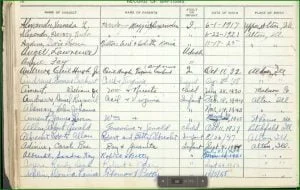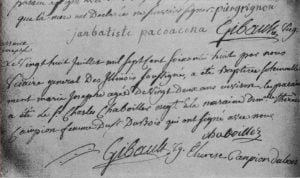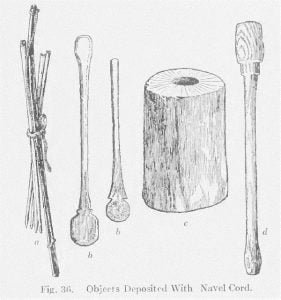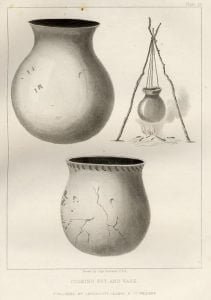Illinois Methodist Church Records
The following collection of material reflects 250 churches of the Methodist faith which have closed their doors since 1824 in southern and central Illinois. This region makes up the Illinois Great Rivers United Methodist Conference. While the vast majority of the information relates to membership rolls and registers of officials, many of the churches also kept vital records of their members. Ancestry claims that “Baptism records are available until 1914, and Marriage records are available until 1970.” In fact I found baptism records which occurred after 1914, however, they’re not indexed. They appear in the records on the images only.





